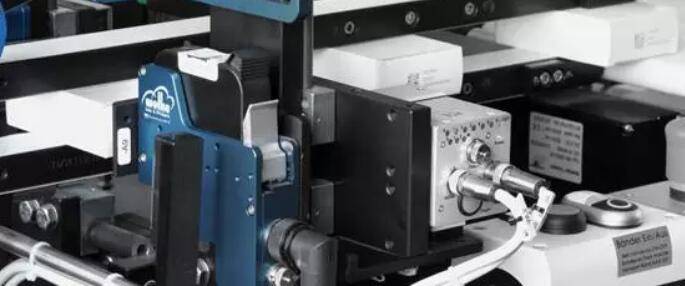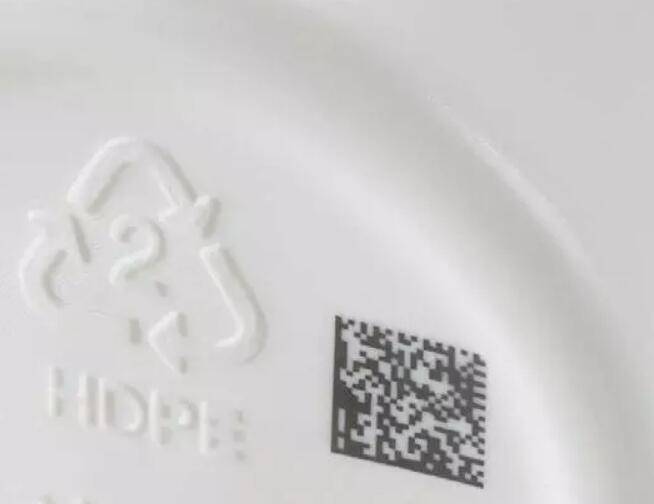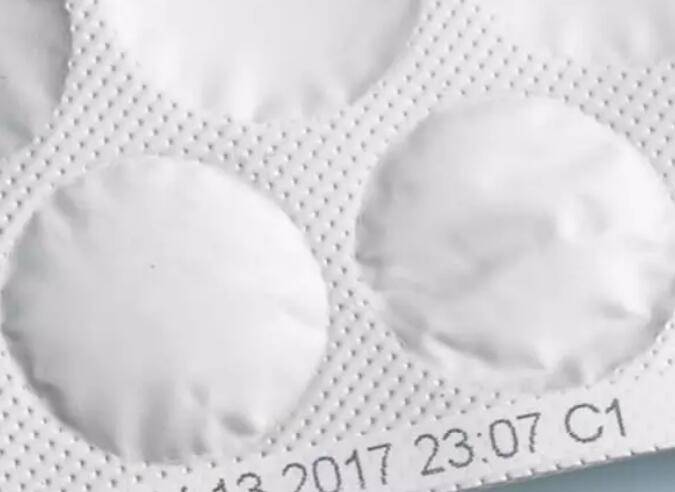
Returning Customer
I am a returning customer
Register Account
If you already have an account with us, please login at the login form.
Your Account Has Been Created!
Congratulations! Your new account has been successfully created!
You can now take advantage of member privileges to enhance your online shopping experience with us.
If you have ANY questions about the operation of this online shop, please e-mail the store owner.
A confirmation has been sent to the provided e-mail address. If you have not received it within the hour, please contact us.
Account Logout
You have been logged off your account. It is now safe to leave the computer.
Your shopping cart has been saved, the items inside it will be restored whenever you log back into your account.
As the sequencing requirements of the pharmaceutical industry continue to change, the complexity and criticality of data management is increasing. Innovative Coding and Marking solutions enable organizations to meet regulatory requirements while also handling the different types of packaging utilized. The design of the Thermal Jetting (TIJ) and laser coding solutions takes these requirements into consideration, helping to create serialized, human-readable, and machine-readable codes to meet pharmaceutical regulations.

For drug suppliers, serialization requirements are driving full innovation in their product lines. There is an increasing need for devices that can handle more complex data management, identify a wider range of materials without compromising product safety or compliance. The optimal inkjet solution is part of the overall pharmaceutical industry and the inkjet printer plays a small but integral role in responding to industry regulations. The main attributes of today's medical printers include superior data management and broader application processing capabilities

Improved data processing serialization
A major trend facing the pharmaceutical industry is the increased need for smart data management. Examples include:
Asynchronous communication:
This feature allows the printer to send unsolicited information to the message control system. This capability has the dual benefit of proactively notifying printer events and reducing network traffic, which means faster notification and higher throughput.
Buffer Management:
Serialization solutions vary depending on the printer's memory requirements. The printer must be configurable to be buffered, each time it receives and prints a variable data, or it can be configured as a buffered jet that can send multiple records to the printer at a time, but only one record at a time . When using a buffer, unplanned line breaks can lead to incomplete use of the encoding unless the smart coding device can tell which of the codes is still unused. This is especially important in countries where manufacturers may have to purchase serial numbers so that manufacturers can recall unused codes and protect their investments.
Unicode:
Given that the pharmaceutical industry is global, printers need to identify the large number of characters used in Arabic, Cyrillic and Pan-Asian languages. By using Unicode encoding, the printer can encode one million characters and encode in more languages around the world.

More application processing power
Most global drug regulations apply to salable pharmaceuticals, requiring that more code be printed at a higher resolution, even on challenging matrices. This led to Coding innovations for several applications, including:
High-density polyethylene (HDPE)
White HDPE bottles are very common in pharmaceutical packaging, especially in North America. Until recently, the implementation of machine-readable, high-resolution, high-contrast encoding has been a challenge. However, the latest innovations in laser printing technology make use of UV wavelengths to generate clear, long-lasting black logos on HDPE, including serial numbers and two-dimensional bar codes.
Non-permeable and semi-permeable material
Thermal foamed inkjet (TIJ) technology is capable of high-speed printing high-resolution encoding and is therefore generally suitable for drug suppliers. However, many products that use impermeable and semipermeable packaging (film, foil, plastic and coated paper) have not previously been TIJ-enabled. With the development of inkjet printers and the development of ink technology for TIJ, these materials are identified with the added features of the printer and with all the benefits of traditional TIJs.
Cold chain
Cold chain product transport is a rapidly growing pharmaceutical market. This process may cause condensation or accidental moisture contact after packaging or during distribution and may affect the quality of the code. Recently developed inks have proven to increase the water resistance of existing dye-based inks, thereby enhancing the durability of the code throughout the supply chain.
Compared with other industries, pharmaceuticals and medical device packaging also require the highest quality variable coding. In the light of recent legislation, this is more precise than ever before. This requires cooperative Coding suppliers to consider the challenges they face today when designing their products, acquire expertise and provide a global support network to meet project requirements.
http://www.raymondcoding.com/Inkjet-Coding
